As a certified personal trainer, I've seen the ketogenic diet's impact on weight loss and metabolic health firsthand.
This low-carb, high-fat diet shifts your body into ketosis, a state where fat is burned for energy more efficiently. Scientific evidence supports its effectiveness in lowering insulin and blood sugar levels, but success hinges on strict adherence.
From my experience, clients who commit to the ketogenic principles often see significant results in their weight loss journey.
Quick Summary
- The ketogenic diet focuses on low-carb, high-fat intake to induce ketosis, a metabolic state for efficient fat-burning.
- This diet includes various types like standard, cyclical, and high-protein ketogenic diets, each with specific macronutrient ratios.
- Suzanne's experience highlights the diet's effectiveness: starting at 289 pounds, she shifted to a 70% fat, 25% protein, and 5% carbs diet, dropping from 'obese' to 'overweight' in 8 months and losing 100 pounds in a year.
- In my experience, the ketogenic diet offers a viable and effective approach to weight loss and improved metabolic health.
What’s a Ketogenic Diet?
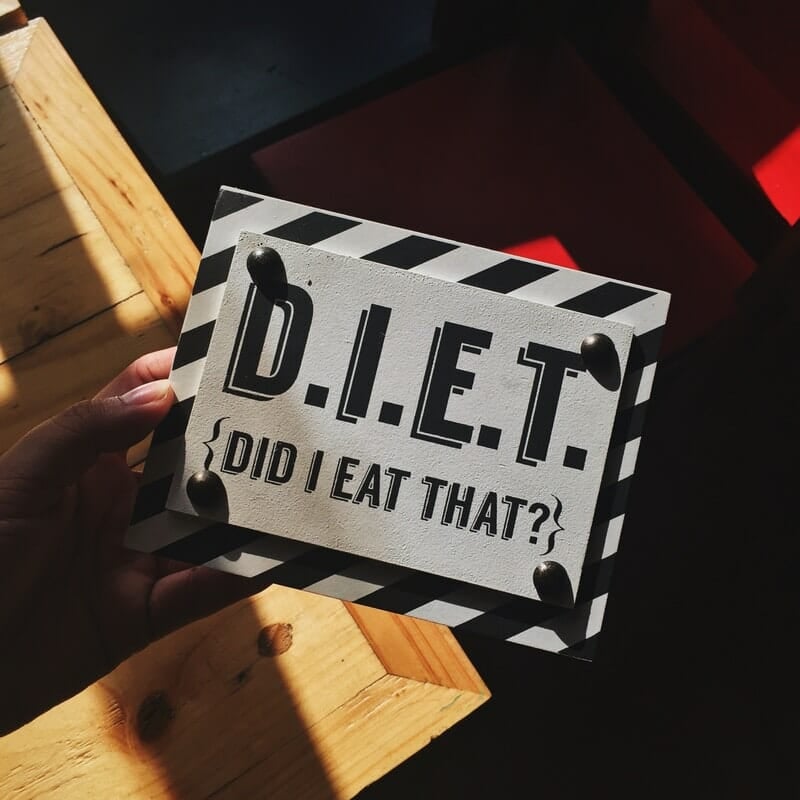
The ketogenic (keto) diet is nutritional plan that gets an individual eating a combination of low carbs and high fat.
Having personally embraced the ketogenic (keto) diet, I can attest to its focus on a low-carb, high-fat nutritional plan. My goal was to replace high carb intake with dietary fat, a change that significantly improved my overall wellbeing and energy levels.
Some nutritionists/dieticians scoff at this diet because they feel it’s unhealthy to lower your carb intake while consuming a high amount of fat.
According to one of the studies from the National Center for Biotechnology Information website, versions of the ketogenic diet have been successfully used to treat drug-resistant epilepsy in children since the 1920s. (1)
Last time I checked, a thing being used to treat an illness is called…medicine. Moving along...
In this article, you will learn about what makes the keto diet not only an effective method to lose weight, but also a method to become healthier as well.
What Does “Keto” Mean?
Keto (ketogenic) refers to or the metabolic process of ketosis where your body uses fat to produce ketones for energy instead of carbs or blood sugar.
Ketosis is a natural process the body initiates to help us survive when food intake is low, particularly of carbohydrates. During this process, we produce ketones, which are produced from the breakdown of fats in the liver.
Ketosis occurs when the body does not have sufficient access to its primary fuel source, glucose.
- James McIntosh, Medical News Today
How Do Carbs Affect Your Weight?

Carbs affect your weight primarily through water weight, as glycogen, a form of glucose stored in the liver and muscle tissues, carries 3 to 4 grams of water per gram. High carb intake increases glycogen levels, significantly impacting the weight scale, especially in individuals with higher body weight.
Glycogen is a form of glucose stored in the liver & muscle tissues and the primary dietary source of glucose is carbohydrate. Medical science shows that every 1 gram of glycogen carries 3 to 4 grams of water. Another study from the National Center for Biotechnology Information website has proven that a high carb intake increases glycogen levels while low carb intake reduces them. (2)
So If you take into account that the average man can store up to 15 grams of glycogen per kg of bodyweight, that’s enough to make a huge impact on the weight scale, particularly if he consumes a copious amount of carbs. (3)
Wait, So Body Fat Is Not A Factor???
Yes, body fat is definitely a factor. In fact, ever since people started consuming more carbs (sugar), the U.S. obesity rates has risen. The number of U.S. citizens who are categorized as obese has nearly doubled over the past 30 years.
In addition to being stored in the liver and muscle tissues, glycogen is stored in fat cells. This is the same glycogen that holds 3 to 4 grams of water. By lowering carb intake, you deplete your regular stores of glycogen which shows as weight loss on a scale.
This is the reason an obese person who follows a low-carb diet will always lose more weight versus a slimmer person; they carry more fat cells (each containing water-holding glycogen).
Types of Ketogenic Diets
- Targeted Ketogenic Diet (TKD) - This version is where you can consume carbs around a workout.
- Standard Ketogenic Diet (SKD) - This version focuses on high-fat, moderate-protein, low-carb diet. It typically contains 75% fat, 20% protein and only 5% carbs.
- Cyclical Ketogenic Diet (CKD) - This version involves periods of higher-carb refeeds, such as 5 ketogenic days followed by 2 high-carb days.
- High-protein Ketogenic Diet - This version is similar to a standard ketogenic diet, but includes more protein. The ratio is often 60% fat, 35% protein and 5% carbs.
What Are The Foods to Avoid?
Foods to avoid on a ketogenic diet include tubers like white potatoes, alcoholic beverages, gluten-containing products like bread and pasta, high-sugar condiments and sauces, salty processed snacks, grain-based foods, and sugary items like fruit juice and desserts.
Consuming the next foods will kick you out of ketosis, so please try to avoid them.
- Tubers - White potatoes, tams
- Alcohol - Wine, beer, and cocktails all have carbohydrates in them.
- Gluten - Bread, pasta, tortillas, etc
- Condiments and sauces - ketchup, soy sauce, and barbecue sauce that contain high sugar
- Salty processed snacks - potato chips, popcorn, pretzels, nacho chips,crackers, popcorn
- Grain-based foods - wheat, barley, rye, cereal, oatmeal, corn, popcorn
- Sugary foods - Fruit juice (even 100% fresh!), ice cream, cakes, cookies, cupcakes, candy
What Are The Keto Approved Foods?
Keto-approved foods include meat such as poultry, fish, beef, and eggs; vegetables like asparagus and spinach; avocados, berries; healthy oils, certain condiments, nuts, and seeds; natural sweeteners like stevia; and milk alternatives such as almond and coconut milk.
- Meat - Poultry, Fish, beef, lamb, chicken, eggs, etc
- Vegetables - Asparagus, Kale, spinach, etc
- Avocados
- Berries - trawberries, blueberries, raspberries, blackberries, etc
- Healthy oils - olive oil, coconut oil, etc.
- Condiments for dipping (hummus, guacamole, salsa)
- Nuts and seeds - macadamias, walnuts, chia, flax, hemp)
- Sweeteners - stevia extract and erythritol
- Milk Alternatives - almond, coconut, hemp, rice
How Many Carbs Are There on Keto?
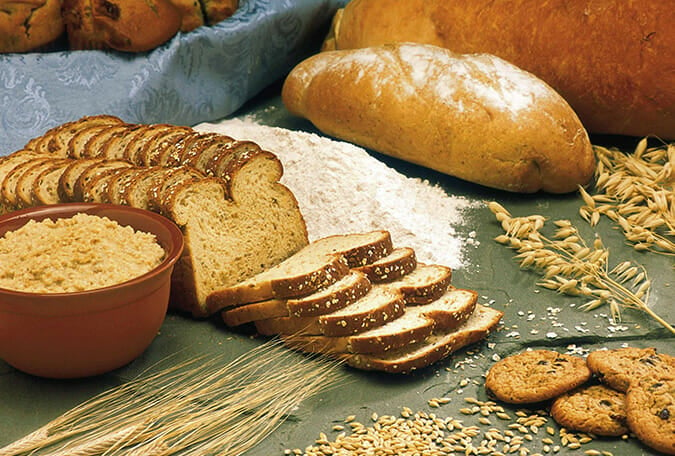
On the keto diet, the ideal carbohydrate load is a maximum of 20 grams per day, as higher consumption levels can make achieving and maintaining ketosis more challenging.
You’ll find some sites lately that have been tossing around the 50 gram number, but in truth it will be much harder to achieve and maintain ketosis at that level of consumption.
The fact is, the fewer carbs you eat the easier it will be for your body to transition to burning fat for energy.
And once it does that you are officially in ketosis because your liver begins producing ketone bodies to metabolize the fat.
Staying in ketosis and adhering to the 20 grams of carbs per day limit will require you to get used to reading labels and being aware of hidden carbs in things like condiments, low-fat yogurt and salad dressing.
5 Benefits of the Keto Diet
1. Increased Weight Loss
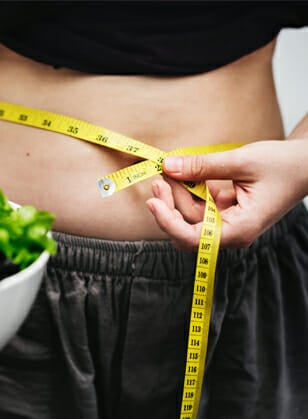
Having experienced the keto diet myself, I can vouch for its effective weight loss benefits. The shift to low carb intake led my body to produce ketones for energy, turning my body into a fat-burning machine.
Reducing carbs allows the body to use glycogen buildup within your fat stores as fuel, resulting in weight loss.
This effect is doubled when you burn glycogen by exercise.
In addition, the moderate protein intake protects your muscle tissue from being used as fuel (a process called Gluconeogenesis).
2. Lower Risk Of Developing Chronic Diseases
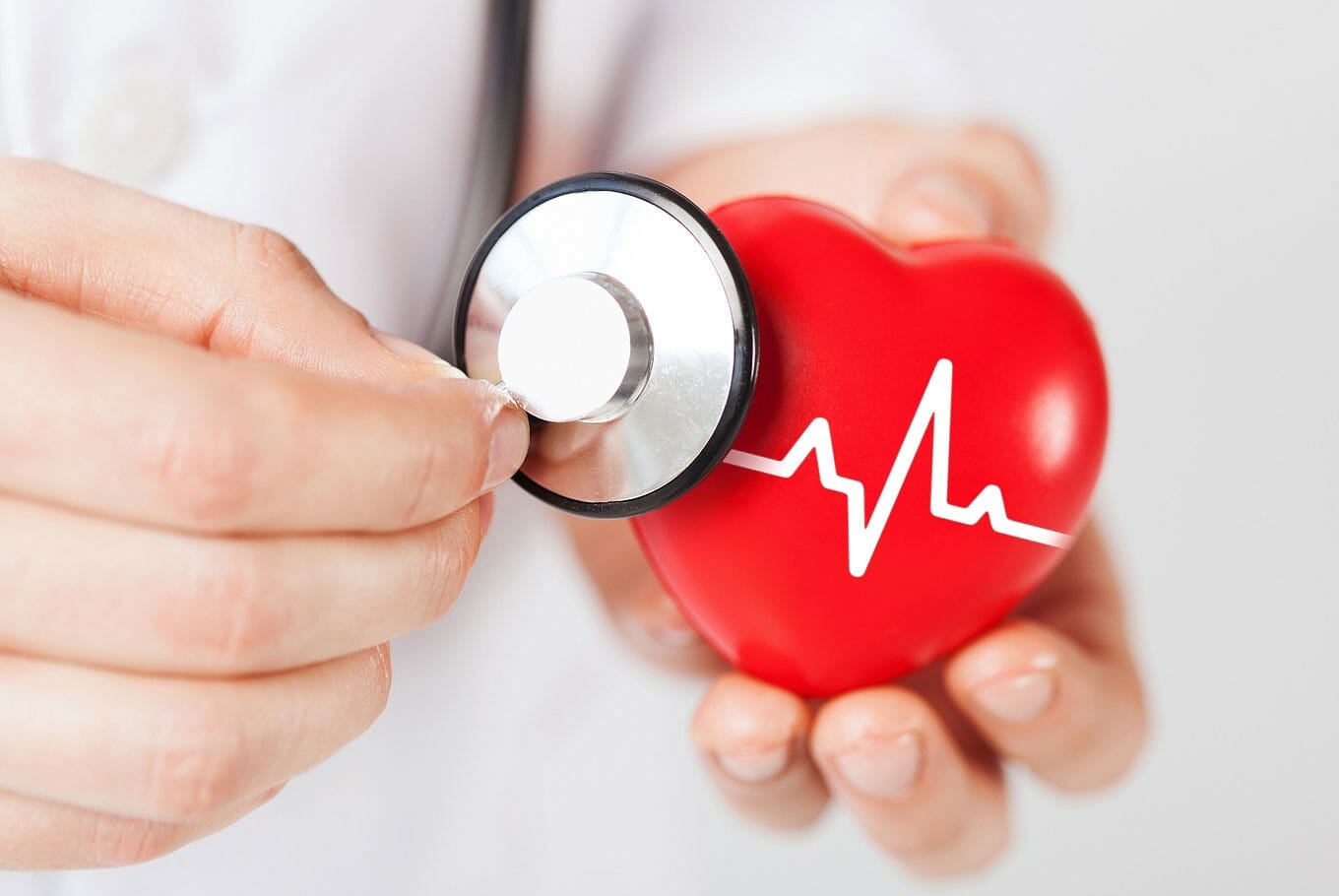
Type-2 diabetes, stroke, and heart disease are three of the leading causes of death in the world, however, it's shown that all these chronic diseases can be prevented from the keto diet.
One study conducted on an obese individual who followed the ketogenic diet for 24 weeks and the results are as follows:
Significant risk reduction in chronic diseases by weight loss, decreased levels of triglycerides, LDL cholesterol (the bad cholesterol) and blood glucose, and increased levels of HDL cholesterol (the good cholesterol). (4)
3. Lowers Blood Pressure
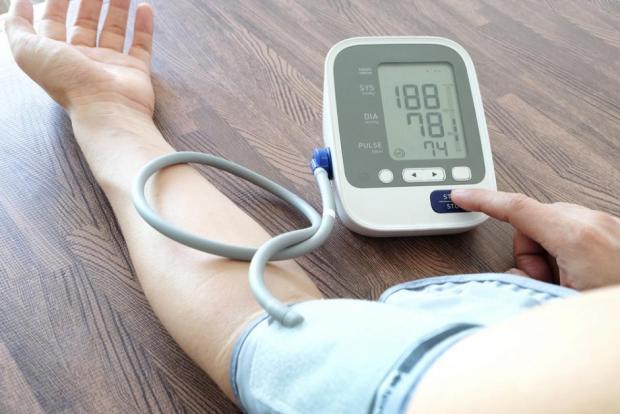
If you or your family have a history of high blood pressure, following a low-carb diet may be a godsend.
Medical researchers tout low-carb diets like keto as an effective method to reduce blood pressure.
One way that people develop high blood pressure is eating too many refined carbs over a lengthy period of time.
The reason most people consume so many refined carbs is due to how poorly it satisfies their appetite.
4. Prevents Binge Eating
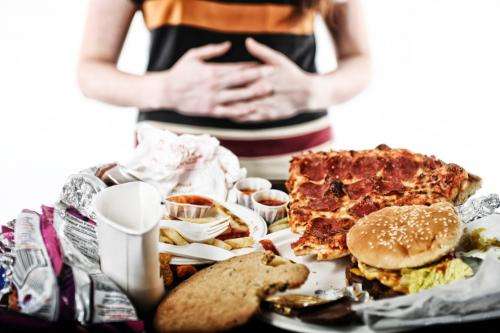
The number one reason most diets fail long-term is because they leave people hungry as heck and causes them to binge eat which causes a yo yo dieting effect.
That’s not the case with the ketogenic diet. Research illustrates that a high protein, low-carb diet reduces hunger and lowers food intake. In addition, the amount of dietary fat you’ll consume will leave you very satiated. See this list of high protein foods for muscle building.
Another problem about most other diets is that they’re energy zappers. That’s not the case when you go “keto.”
5. Increased Energy Levels By Boosting Brain Power
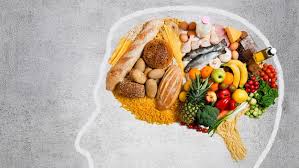
The main reason for this is; ketones replaces glucose as the brain’s fueling source. When carbs are eliminated or minimized, ketones provide up to 70% of the brain’s energy needs; this boosts mental focus and alertness throughout the day.
Another interesting fact is that ketones keep people who go through prolonged periods of starvation (e.g., coma patients) alive.
Then again, it makes sense considering that intermittent fasting works well in conjunction with the keto diet.
Other Resources You May Like:
- Pre-Workout Supplement for Keto
- Dairy-Free Meal Replacements
- Does taking BCAAs break fasting?
- The Calisthenics Diet Plan
- Thomas DeLauer’s Supplement List for Successful Keto Diet
Are There Any Side Effects?
The keto diet can have side effects like headaches, fatigue, leg cramps, constipation, bad breath, and reduced exercise performance. Still, these are typically temporary and can be managed with hydration, dietary adjustments, and patience during the adaptation period.
When your body is suddenly exposed to a new way of eating, side effects are a likely occurrence. With that said, the keto diet does have its side effects but they’re curable.
- Headaches - Drink water with salt sprinkled in it
- Feeling tired and cranky - Eat more fat
- Leg cramps - Drink water with salt & supplement with magnesium
- Constipation - Drink more water, add extra salt to foods & eat more high fiber, non-starchy vegetables
- Bad breath - Brush your teeth and tongue more often. Eat a few more carbs if the smell becomes a long-term issue.
- Reduced exercise performance - Drink plenty of water with salt prior to exercising. Be patient because it will take time for your body to adjust from being a sugar-burner to burning primarily fat for energy, even in the muscles.
Related Article: How Much Water Should You Drink on Keto?
How To Get Into Ketosis?

To get into ketosis, limit your carb intake to 20 grams per day, consume plenty of healthy fats, moderate your protein intake, avoid snacking, practice intermittent fasting, pair your diet with exercise, and consider taking exogenous ketone supplements.
In theory transitioning to ketosis isn’t all that difficult. That’s because ketosis is the body’s natural backup state in case carbs aren’t available. Anyone who has ever engaged in prolonged fasting has undoubtedly achieved ketosis.
And any time the body enters survival mode because food is unavailable it again transitions to ketosis so that it can use fat stores for energy.
But even though ketosis is a natural state for the body, it is still a backup position. Therefore, it doesn’t take much to bounce you out of ketosis and back to your natural state of burning carbs. So achieving and maintaining ketosis takes some determination and perseverance. So…
- Limit your carb intake to 20 grams per day.
- Eat plenty of healthy fat, so your body has the fuel it needs.
- Don’t go overboard on the protein. See this post about low carb keto-friendly
protein powders. - Avoid snacking. This is one of the quickest ways to bounce yourself out of ketosis.
- Don’t eat anything for 16 hours each day. This intermittent fasting will instill discipline in your process and boost ketone production.
- Make sure to pair your keto diet with exercise.
- Take exogenous ketone supplements to reach ketosis faster.
How Do You Know If You’re in Ketosis?
You can determine if you're in ketosis by adhering to strict 20-gram carbs per day limit and observing changes like increased energy, weight loss, and heightened alertness. Ketosis can also be confirmed using testing kits that analyze urine or breath and by monitoring symptoms of the "keto flu."
Once your body successfully transitions to ketosis you’ll feel the difference. Most people experience an increase in energy, the beginnings of weight loss and a heightened sense of alertness.
In addition, there are several different testing kits on the market you can use to affirm that you are in ketosis. Some test urine while others analyze your breath.
There are also a few less pleasant things to look for. Taken together they add up to what is commonly referred to as the “keto flu”. But don’t worry, you don’t actually have the flu. It’s just your body adjusting to the switch from carbs to fat.
Keto flu symptoms can take the form of headaches, cramps, bad breath, a sense of fatigue and perhaps a bit of difficulty getting to sleep. Or all of the above. In the vast majority of people these symptoms pass with just a few days. And as long as you stay in ketosis they shouldn’t return.
Combining Intermittent Fasting & the Keto Diet

The main reason you are reading this article is because you’re interested in losing weight, that’s understandable.
With that said, using intermittent fasting (IF) along with the keto diet maximizes weight loss. Intermittent Fasting is a term for an eating pattern that cycles between periods of fasting and eating.
Like the keto diet, several studies have shown IF to be effective weight loss method as well as reducing the onset of chronic diseases such as type-II diabetes. That’s why it makes sense to use IF in conjunction with the ketogenic diet. (5)
The easiest method to start is the 16/8 method. This method involves skipping breakfast and restricting your daily eating period to 8 hours.
For example from 12pm to 8pm, afterwards, you “fast” for 16 hours in-between. Utilizing IF and keto together will give the following benefits:
- Burn more body fat
- Have more energy as you start your day
- Reduce chronic inflammation
- Improve brain function
- Thoroughly cleanse toxins from body cells
FAQs
How Long Does It Take To Reach Optimal Ketosis?
Reaching optimal ketosis typically takes about 3-7 days, depending on individual factors like body type, activity levels, and strict adherence to carb intake limits.
How Can I Track My Carb Intake?
Tracking carb intake on keto can be efficiently done using smartphone health apps like MyFitnessPal, which help in monitoring daily carbohydrate consumption.
What Are The Common Mistakes People Make?
Common mistakes people make on keto include consuming too much protein, mistaking a low-carb diet for a very low-carb ketogenic diet, and not allowing a sufficient adaptation period for the body to adjust to ketosis.
What Are Common Challenges and Personal Experiences People Face on the Ketogenic Diet?
The common challenges and personal experiences people face on the ketogenic diet are managing cravings for high-carb foods and adjusting to a different eating style, with personal experiences including initial struggles with the keto flu, followed by increased energy levels and reduced appetite.
How Is the Ketogenic Diet Adapted in Different Cultural Cuisines?
The ketogenic diet is adapted to various cultural cuisines by modifying traditional dishes to reduce carbs while maintaining cultural flavors, using alternatives like cauliflower rice and almond flour to fit keto guidelines.
What Strategies Can Be Used for Long-Term Sustainability and Transitioning Off the Ketogenic Diet?
Strategies that can be used for long-term sustainability and transitioning off the ketogenic diet are incorporating a balanced approach with periodic carb refeeds, which is effective, and transitioning off keto involves gradually increasing carb intake and focusing on whole, unprocessed carbs to maintain health benefits.
How Does the Ketogenic Diet Affect Mental Health and Cognitive Functions?
The ketogenic diet can positively affect mental health and cognitive functions, with many reporting enhanced mental clarity and focus. However, individual experiences vary, and some may initially experience brain fog or irritability during the adaptation phase.
Success Stories
These two ladies were having a difficult time keeping weight off until they discovered the keto diet.
1. Misty
Misty never had to deal with weight issues until she reached adulthood. Like a lot of women she put on weight during pregnancy. That wasn't a problem at first. But after several children the weight she put on while pregnant began to stay on after she gave birth.
After some friends at work proposed a "keto challenge" where they would all try the keto diet and compare weight loss results, Misty did her research and decided to take friends up on it.
After months of fits and starts she finally got serious and within 12 weeks she had shed and incredible 40 pounds. In this video she tells her inspirational story of keto success.

2. Suzanne
On the day she decided to go keto Suzanne weighed 289 pounds. By sticking to a formula of 70% fat, 25% protein and 5% carbs she began to lose weight. Eight months in Suzanne finally dropped from being officially "obese" to being officially "overweight".
By the end of her first year on the ketogenic diet she had lost an astonishing 100 pounds.
- Suzanne
Suzanne is a perfect example of the results that are possible on keto if you don't cheat and stay the course. In this video she shares some of her secrets, some of her favorite keto-friendly dishes and some of her strength, hope and experience.
Also Read: Dr. Dominic D'Agostino Keto Diet
Is The Keto Lifestyle For You?
While there are other effective diets out there, the ketogenic diet is one that should have you losing inches faster than Usain Bolt.
For a summary on the keto diet, check out our infographic below:

Have you tried the ketogenic diet? If not, are you thinking about trying it? Which type of keto diet will you choose or have you chosen?
Please share your experiences with the ketogenic lifestyle by leaving a comment below.
References:
- https://www.ncbi.nlm.nih.gov/pubmed/23515147
- https://pubmed.ncbi.nlm.nih.gov/1615908/
- https://www.ncbi.nlm.nih.gov/pubmed/3165600
- https://www.ncbi.nlm.nih.gov/pmc/articles/PMC2716748/
- https://www.sciencedirect.com/science/article/pii/S193152441400200X
About The Author
You May Also Like




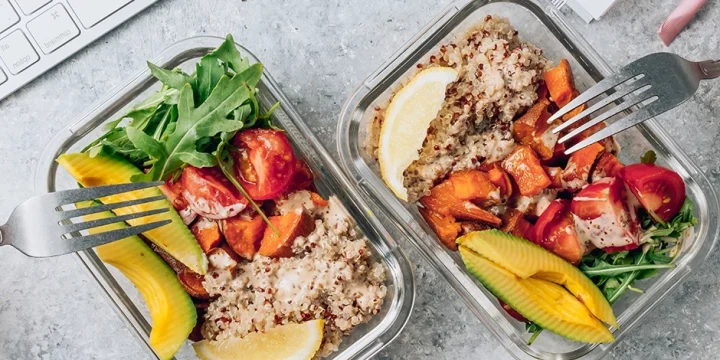
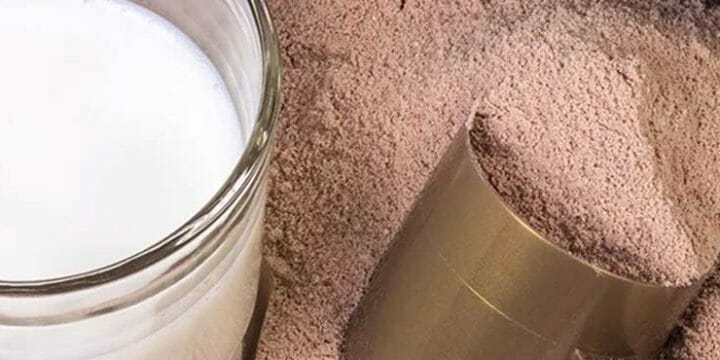

I have friends who are into the keto diet so I decided to try it out too for weight loss. Your keto food list helps a lot!
I like how it highlights both the benefits and potential downsides. Not every diet works for everyone, and keto isn’t something to jump into without doing your homework.
Cutting carbs sounds simple, but sticking to keto long-term is tough. Meal planning and tracking macros really help if you’re serious about it.
It’s helpful how this explains the science behind ketosis without getting too technical. Makes it easier to understand what’s actually happening in your body.
The ketogenic diet definitely takes some getting used to, but once your body adjusts, the energy levels and focus are on another level.